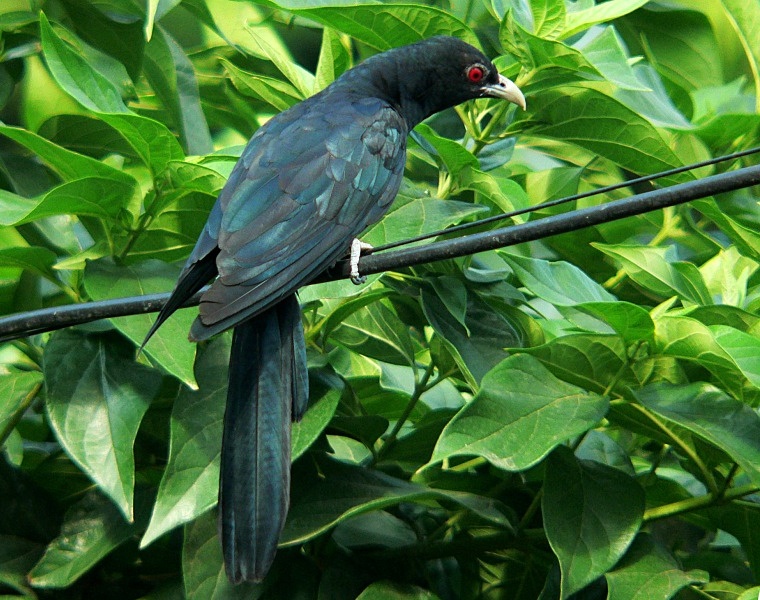 A consortium of authorities has recently concluded that all foreign songs are actually Indian in origin. To prove this fact irrefutably, they have presented the following compilation of contemporary foreign songs and their secret Indian origins for all the world to see. Long live India.
A consortium of authorities has recently concluded that all foreign songs are actually Indian in origin. To prove this fact irrefutably, they have presented the following compilation of contemporary foreign songs and their secret Indian origins for all the world to see. Long live India.Daddy Yankee on the petrol wars (Gasolina):
le gusta la gasolina - Dame mas gasolina.
Is actually: The song of a multilingual potter lavishing family funds on wife Kunthala:
Kunthala, kaasu lena. Kalimann kaasu li, na?
(Kunthala, take this money. You already took money for the clay, didn't you?)
Enrique Iglesias asking you to sing and dance (Baila Mo):
Baila mo.... let the rhythm take you over, baila mo...!
Is actually: A chiding remark passed by Gajalakshmi Vaidyanathan to her husband for scolding their daughter Latha:
Vaiyyalaamo? Latha report cardai paathu vaiyyalamo?
(Can you scold her? Can you scold Latha after seeing her report card?)
Beatles on their French muse, Michelle:
Michelle ma belle, sont les mots qui vont tres bien ensamble, tres bien ensamble.
Is actually: An expression of pride and joy made by M Pachaiyappan on the financial prowess of his foreign returned son-in-law:
Meesai, maaple, sony camera vaangi vandhaan, vangi vandhaan
(My moustached son-in-law bought me a Sony digicam)
Salif Keita in his best tribal dance mix of the decade (Madan):
O laka lama le, O laka lama le,
O laka lama le dja, O laka lama le
Ori taal ma'jeye.. Ori taal ma'jeye...
Is actually: An expression of the frustrations of an irate Shivarudrappa to his artistic son Ramakrishna, with an aside to wife Jankamma on his dietary preferences for the day:
Aye Raama, baro lei! Eshtanth heLli ninge?
Ee drama geema butbuttu sariyaag odho lei
Gorikaalu maadey. Gorikaalu maadey
(Raama, how many times must I remind you to give up the theatrical arena and start studying for your internal board exams which are coming up in a few months time, conducted at the Begur municipal school under the supervision of strict officials? I would like clusterbeans for dinner.)
Cheb Mami singing his heart out in the intro to Sting's Desert Rose:
"Ya leil ya leil wah... yah leil ya leil waaaah.. ya leil wah hos sein didee, ya leil ya leil wah.."
Is actually: An anguished expression of sorrow by a grief struck Papamma bemoaning the disappearance of Samikannu, her spirited husband:
Aiyyyaaaaa aiyyyoo, pootaanda aiyyayoooo
Aiyya nethu kudchtu thaaan Bus-la yeri pootaney
Aiyya varaveyillaiye bus-la yeri pootaaney
(I languish in the absense of my alcoholic husband who left in a bus last night and never came back.)
A mesmerized Tarkan threatening to spring out from the bushes at his lady love and kiss-kiss her (Simarik)
Seni gidi findik kira..n,
Yilani deliginden cikara...n
Kaderim puskullu bela..m,
Yakalarsam... *muah muah!*
Is actually: A passing remark from Mr Munraju of Kyatsandra distt., about a series of unfortunate circumstances that befell his friend Mr Srinivas:
Seenvasa beedhiyal bidda..a..a..a.,
Biddid takshana yedda..a..a..a
Yedmel matte bidda..a...a..a,
Paapa yenaaytho. *Tsk tsk.*
(Mr Srinivas fell and got up repeatedly from the road. Wonder what the trouble is.)
Los del rio on the joys of the Macarena:
A la tuhuelpa legria macarena, Que tuhuelce paralla legria cosabuena A la tuhuelpa legria macarena Eeeh, macarena (A-Hai!!)
Is actually: Fashion advice from Hijra Gulbadan to colleague Reena.
Kal bhi main tumse yahi kah rahi thi Reena
Arre meri baat ko tum thoda seriously toh lena
Apni kameez ko tumhe khud hi hai seena
Hema kare na. (hai hai!)
(Take my advice Reena and stitch your own clothes. Hema tailor is unwilling to undertake small jobs any more)
Now that you know all this, go away and let me be me.






